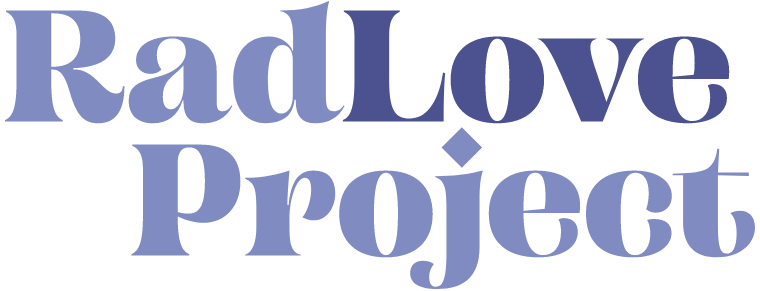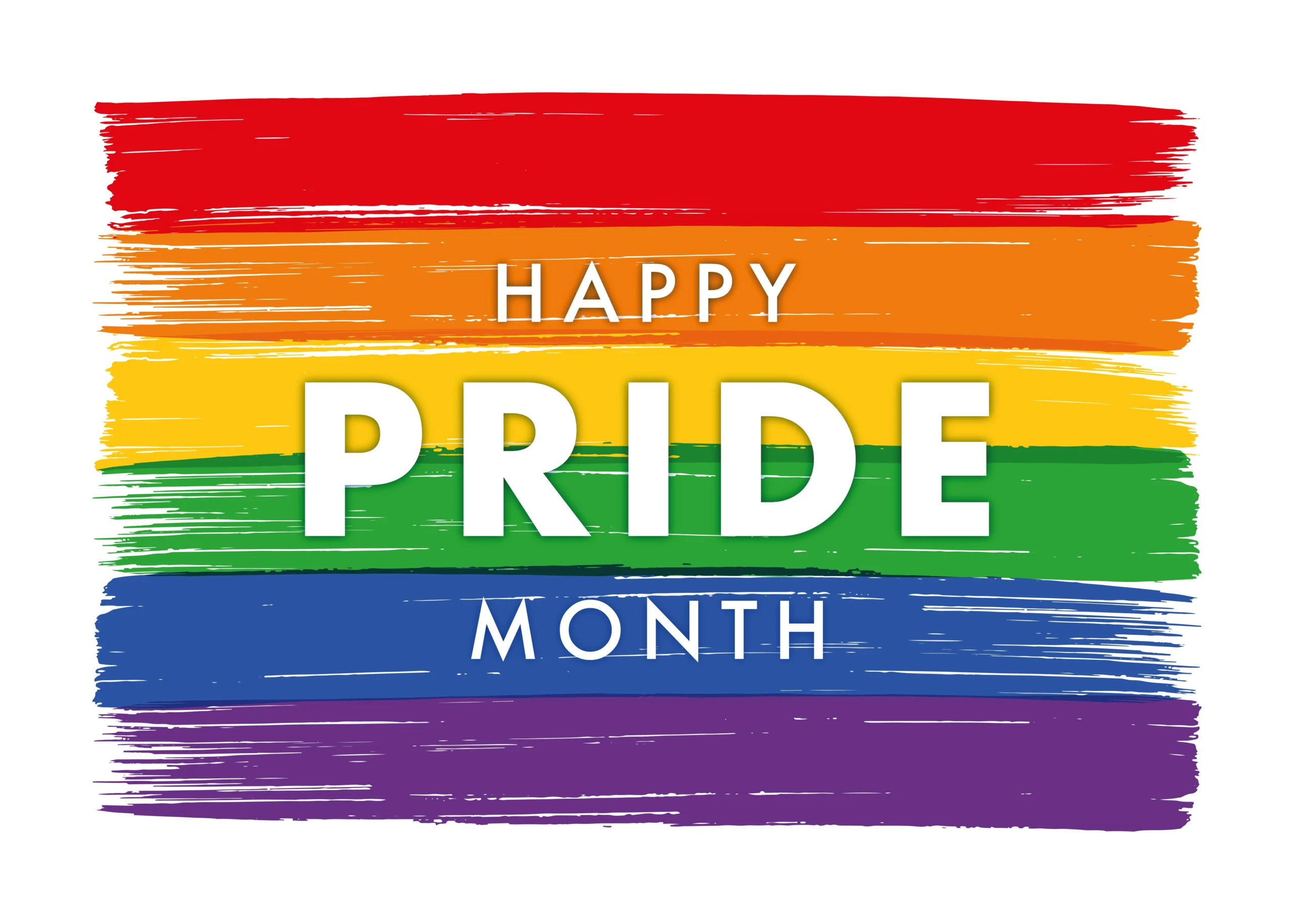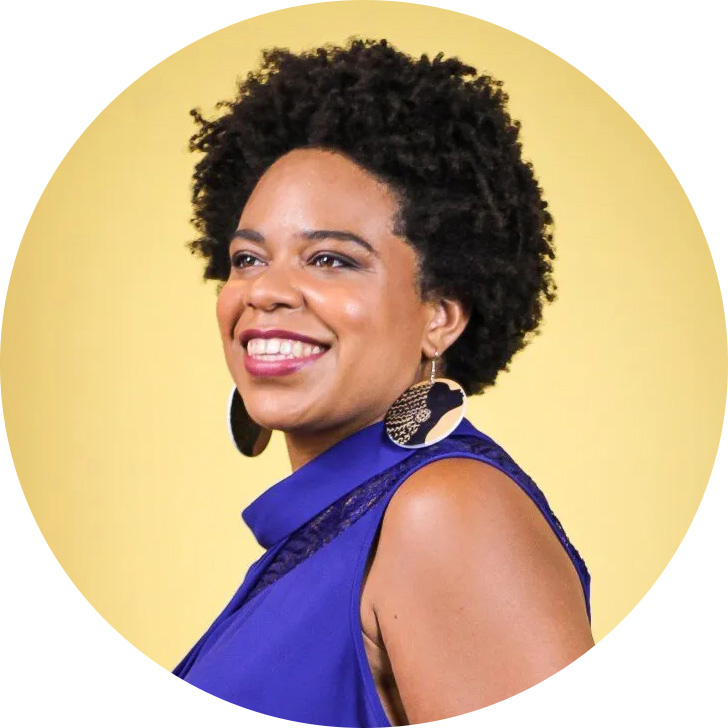Pride Month is not only a time for colorful parades and joyful festivities but also a profound tribute to the enduring spirit of those who have fought for equality, acceptance, and visibility. It is a time to reflect on the progress made and the challenges that still lie ahead, as we strive for a world where all individuals are celebrated and embraced for who they are.
The History of Pride Month: A Defiant Stand for Equality
The roots of Pride can be traced back to the historic Stonewall Uprising in June 1969 which consisted of a series of spontaneous demonstrations led by LGBTQ+ individuals in response to a police raid at the Stonewall Inn, a gay bar in New York City. The patrons of the bar, predominantly Black and Latinx transgender women, drag queens, and queer people, fought back against police harassment and brutality, sparking a movement for LGBTQ+ rights and liberation.
The uprising at Stonewall marked a turning point in the LGBTQ+ rights movement, galvanizing a community that had long been marginalized, persecuted, and silenced. It gave rise to a collective spirit of resistance, pride, and visibility, laying the foundation for the modern Pride celebrations that we know today.
A Celebration of Identity and Love
At the heart of Pride Month lies a celebration of love in all its forms – love that transcends boundaries, breaks down barriers, and fosters connection and understanding. It is a celebration of the courage to live authentically, to embrace one’s true identity, and to stand proudly in one’s own skin, regardless of societal expectations.
Thus Pride Month is not just a testament to the resilience of the LGBTQ+ community in the face of adversity, discrimination, and prejudice. It is a reminder of the strength and tenacity of individuals who have overcome challenges, faced hardships, and emerged stronger, more empowered, and more determined than ever to create a more inclusive and accepting world that embraces who everyone is.
The LGBTQ+ community is diverse and encompasses a wide range of subcultures and identities, each with its unique experiences, histories, and expressions. Here are some examples (note this is not a comprehensive list, please feel free to add or note any identities/communities you feel have been left out in the comments).
Gay: Refers to self-identified male individuals who are attracted to members of the same gender (although some sometimes use this as an umbrella term for all of lgbtq+).
Lesbian: Women who are attracted to other women. Lesbian culture has a rich history and vibrant community.
Bisexual: Individuals who are attracted to more than one gender, including their own and others. Bisexual individuals may experience unique challenges related to biphobia and erasure.
Pansexual: Pansexuality refers to individuals who are attracted to people regardless of their gender identity or expression. Pansexual individuals are often attracted to the person beyond gender.
Queer: Queer is an umbrella term used by individuals who do not conform to traditional gender or sexual orientation norms. It has become a term of empowerment and inclusivity.
Asexual: Asexual individuals do not experience sexual attraction to others. Asexuality is a spectrum, and asexual individuals may form romantic relationships without a sexual component.
Aromantic: Aromantic individuals do not experience romantic attraction or have little interest in romantic relationships. Aromanticism is separate from asexuality.
Transgender: Transgender individuals have a gender identity that differs from the sex assigned to them at birth. Transgender people may transition socially, medically, or legally to align with their gender identity.
Non-Binary: Non-binary individuals do not exclusively identify as male or female and may have a gender identity that is fluid, outside the gender binary, or a combination of genders.
Genderqueer: Genderqueer is an identity that challenges traditional notions of gender and may encompass various gender identities and expressions beyond the binary.
Two-Spirit: A term used by some Indigenous communities to describe individuals who embody both masculine and feminine qualities or occupy a unique gender role within their culture.
Genderfluid: Genderfluid individuals experience shifts in their gender identity over time or in different contexts. Genderfluidity allows for a flexible understanding of gender.
Intersex: Intersex people are born with variations in sex characteristics that do not fit typical definitions of male or female. Intersex individuals may have unique experiences related to gender and identity.
Androgynous: Androgynous individuals have a gender expression that combines masculine and feminine traits, blurring traditional gender boundaries.
Polyamorous: Polyamorous individuals engage in consensual non-monogamous relationships with multiple partners. Polyamory emphasizes communication, trust, and ethical behavior in relationships.
Kink: Kink refers to individuals who engage in alternative sexual practices, fetishes, or BDSM (Bondage, Discipline, Sadism, Masochism) activities as part of their sexual expression.
Drag: Drag performers entertain audiences by embodying exaggerated gender roles through performance, fashion, and makeup. Drag culture has a long history within the LGBTQ+ community.
Questioning: Questioning individuals are exploring their sexual orientation or gender identity and may not have a fixed label at the moment.
As we come together to celebrate Pride Month, let us do so with a sense of unity, solidarity, and unwavering support for one another. Let us amplify the voices of those who have been marginalized, advocate for equality and justice, and continue to strive for a world where love, courage, and resilience are celebrated.
Happy Pride Month!
Join the RadLove movement and help us redefine what is possible.











